In 2013 Yonex surprised us all by launching two additional racquets in the Arcsaber range, namely Arcsaber 11 and the unusually named Flashboost. Many Yonex followers were expecting to see a scaled down Arcsaber range in 2013 on the premise that this is the next range to be withdrawn and a new successor announced.
This is a 3U (weight 84-89g) and grip size G4 – the standard offering from Yonex in UK. Balance is 305mm which is tall for a supposed even balance racket and suggests there is a little weight in the head.
Graphics are similar to its predecessor the Arcsaber 10 with predominantly red paint with flashes of white and yellow. It’s a striking racquet and apart from looks, has a similar feel to Arcsaber 10. From reading the specifications, it would seem the main differences are with the introduction of “sonic metal” in the head and the noticeably thinner, albeit it stiff shaft. As you would expect, the racquet was accompanied by the standard Arcsaber full length cover.
Arcsaber 11 is factory strung with Yonex BG65Ti, a personal favourite of mine although I would have preferred a higher tension than the 18-20lbs tension in this racquet. My biggest gripe with the factory stringing these days isn’t the tension but the stencil ink rubbing off the strings within 20-30 minutes of play. This never used to happen and I know this has been a source of complaint for a number of retailers. So what’s going on? Is the string coated in the factory and therefore the stencil ink isn’t bonding, or is Yonex using an inferior ink compared to that they sell in bottles?
It’s Hitting Time…
Sadly, I didn’t have the benefit of an Arcsaber 10 to provide a solid like-for-like comparison.
I always begin a test with clears. This provides me with an initial feel in terms of the swing of the racquet, flex, feel of the head in the swing and power capability.
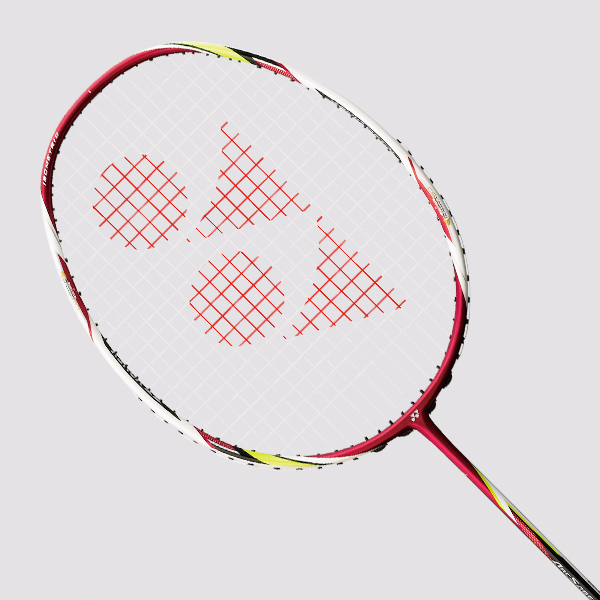 Arcsaber 11 feels relatively even-balanced in the swing but it certainly has a touch weight in the head. It’s just enough to know where the head is without being too much for those players that enjoy an even balance racquet.
Arcsaber 11 feels relatively even-balanced in the swing but it certainly has a touch weight in the head. It’s just enough to know where the head is without being too much for those players that enjoy an even balance racquet.
My clears were sailing to the rear court with relative ease. As you would expect from a Yonex racquet, there is minimal torsion which meant that when I hit slightly off centre the shuttle still flew true – this is very important when testing racquets. Overall I was delighted with the power from the clear.
The beauty of the even balance and lighter headed racquets is that they tend to be that little bit faster when playing drop shots, which ultimately provides additional disguise on drop shots. Slice and reverse slice shots tend to move a little faster and take less effort. The downside is that a heavier headed racquet such as Voltric 80 or Z Force has a more solid hitting platform due to the weight and therefore provides a greater degree of feel.
Arcsaber performed pretty well with drop shots leaning more towards the quicker execution rather than solid playability. It’s not as fast as other models I have tested such as a Bravesword, and could probably be considered a bit “boxy” in comparison. However it’s still quick and there’s very little drag to report.
Onto the smash and the Arcsaber 11 performed as I expected. Whilst I was hitting hard, my power wasn’t as great compared to hitting with my Voltric 80. However, the racquet still packs a lot of punch and I would say hits slightly harder than Arcsaber 10. Accuracy is good.
Moving into mid-court territory this is where the racquet outshines the head heavy brigade. The relatively light frame and even balance always work better when the game speeds up and fast hands become the norm. Flat rallies were easy to control and there is enough power from the racquet to give as good as you get. There’s plenty of control and the short racquet movements allowed easy blocks and changes in pace and direction.
As you can imagine, the lighter frame made defending a lot easier than Voltric 80 which I’m used to. The racquet was fast, although that’s more due to the lighter head than an aero-dynamic frame.
Yet again the racquet handled very well around the net. All the “close” work was easy, from tight net shots to simple knock offs…just what is required and expected from this kind of racquet although not as fast as light headed racquets.
Summary
Arcsaber 11 is a very nice racquet. It’s main forte is that it’s a really good all-rounder, delivering a high degree of power, balanced with the ability to turn on the speed to cope with defending , mid-court exchanges and frenzied net play. Is it a major step up from Arcsaber 10? I’d say there’s not much in it.
On the world scene Taufik Hidyat is using this racquet and there is a special edition in his name, although it looks relatively dull in a metallic grey/silver. Other than that, there are a number of players using Arcsaber 11 this season although I have no idea whether this is by choice.
Arcsaber 11 has a RRP of £175.00 (compared to £170 for Arcsaber 10) although expect to see prices around £150 mark from online retailers. The original Arcsaber 10 sold for around £10 less than this and therefore there is always the consideration whether Arcsaber 11 is as good value for money compared to 10. I gave the Arcsaber 10 a four star rating, downgrading it based on the value for money. I feel this is an improved racquet, but not by a considerable distance and therefore I will retain the four star rating.


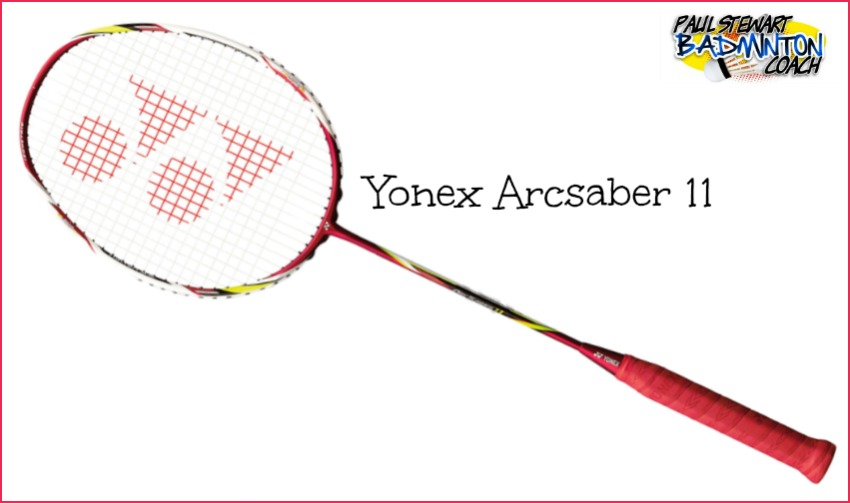
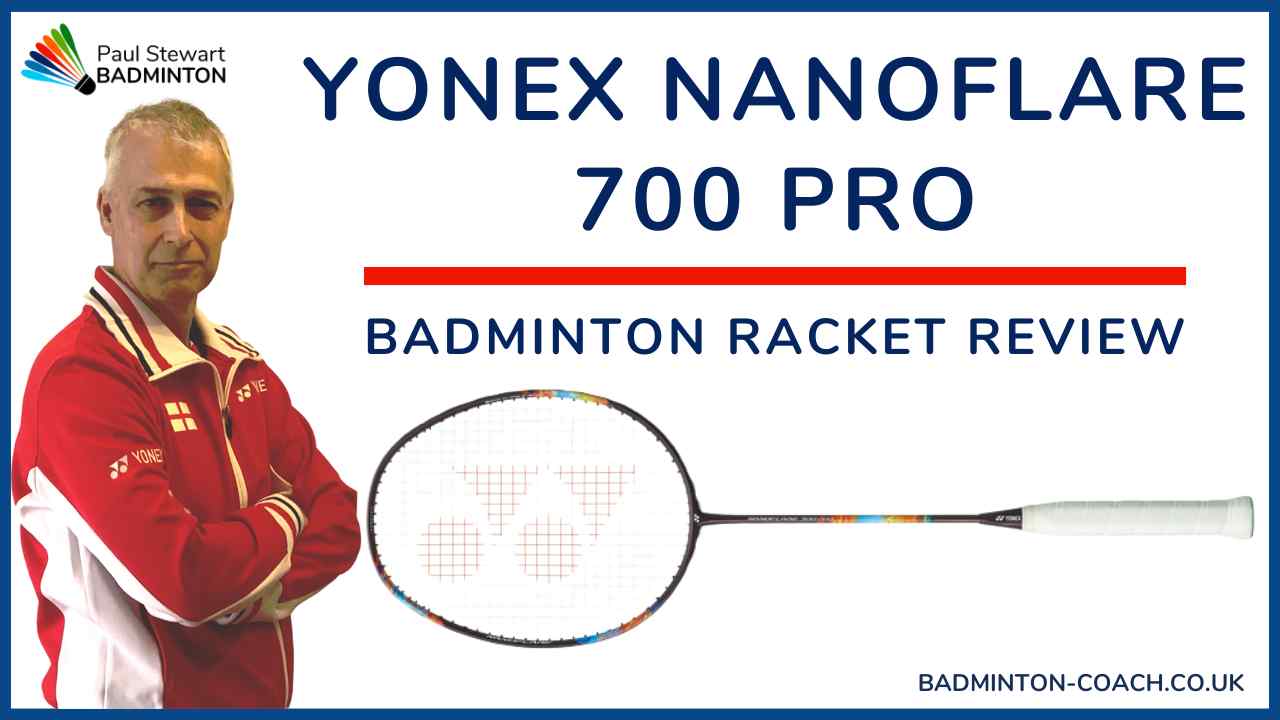
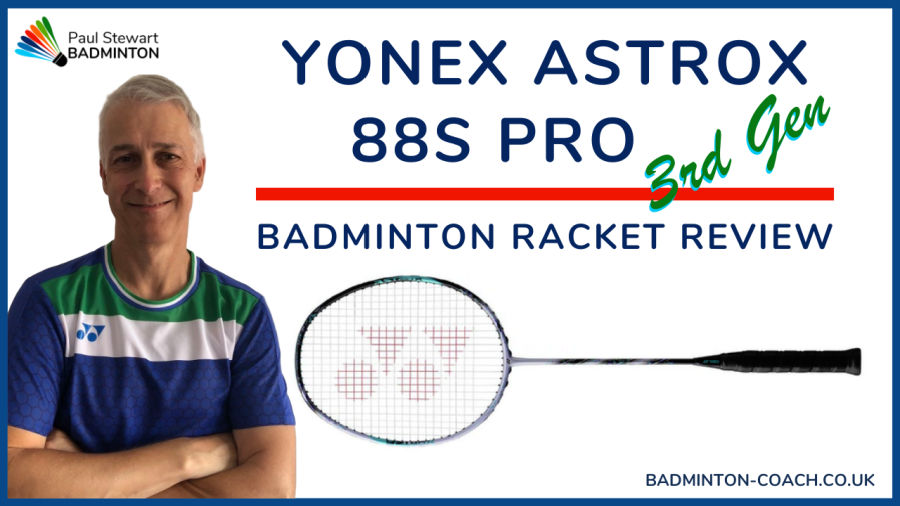


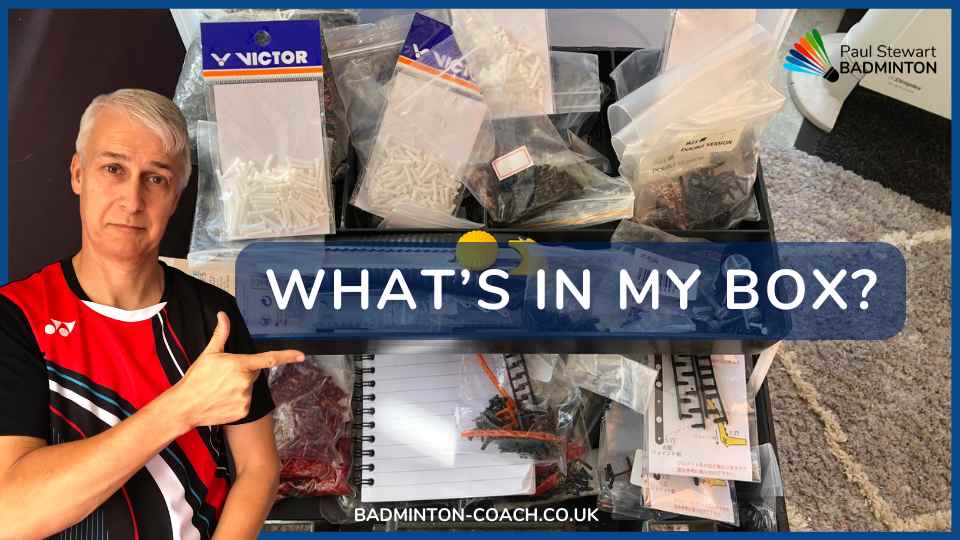

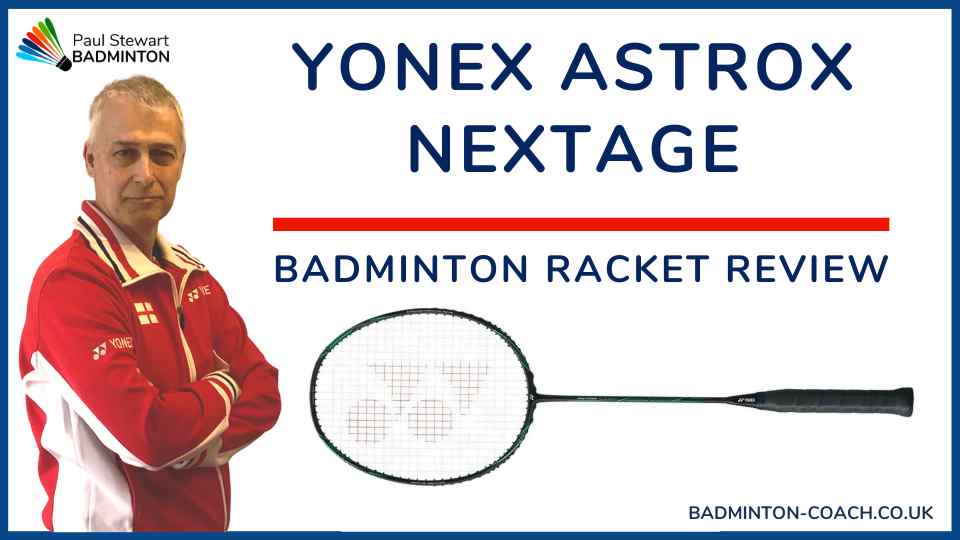

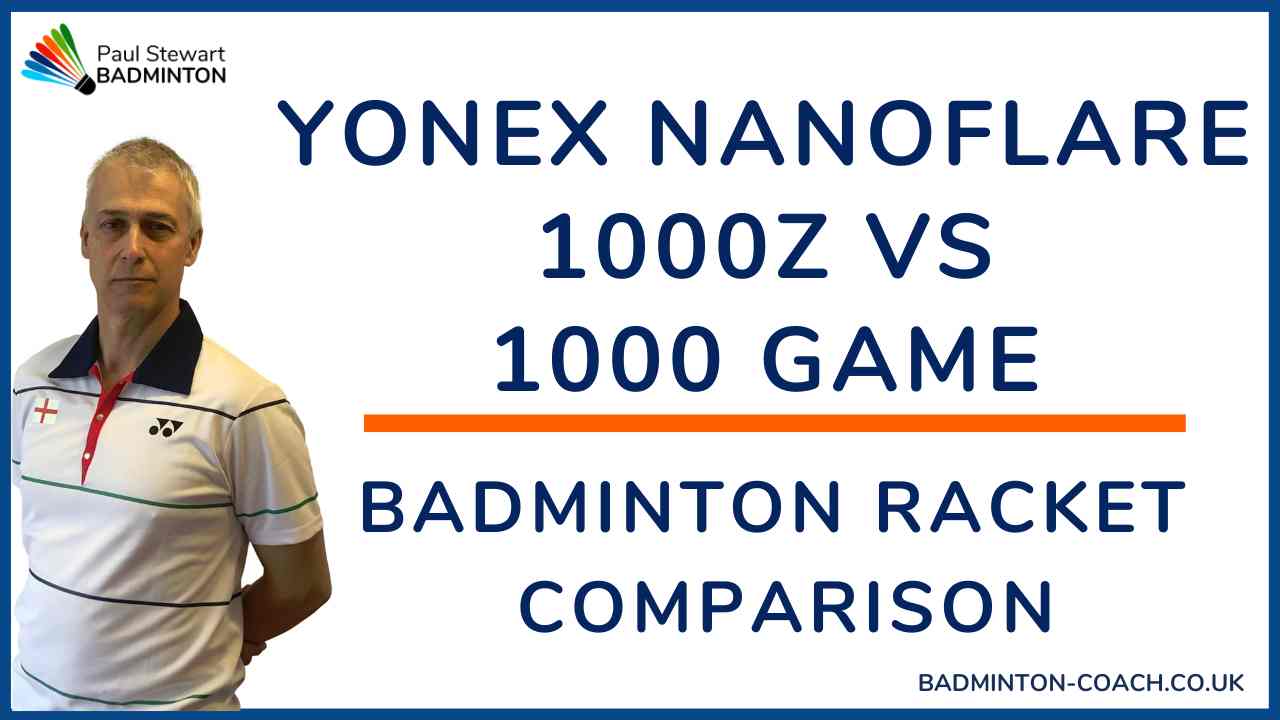
Hi Paul,
Thank you very much for your answer!
Indeed, I will follow your advice as the Arcsaber 7 seems a good racquet and there is a promotion currently on it.
Cheers,
Cyril
Hi,
I tried an Arcsaber 9 FL and like it a lot. Unfortunately, it is very hard to find one in France, so I was looking for an Yonex alternative.
Arcsaber 11 looks good, but I liked the medium flex of the 9 FL, in addition to the weight 4U and the neutral balance.
You know a potential replacement for the Arcsaber 9 FL ? In your review, the Arcsaber I-Slash lacked power in smashed, the 9 FL seemed to not have this limitation.
Thanks!
Cyril
Hi Cyril
I have seen a few Arcsaber 9 users switch to the Voltric I force rather than another Arcsaber. 9FL in UK was originally offered as a 3U from memory so I haven’t much to compare it to from the Yonex range. If you can obtain an Arcsaber 7 it may be close.
An alternative could be Victor’s Jetspeed 8 ST which is a 4U flexible racket. However, you need to check it out for yourself.
Good luck
Paul
Hi again Paul.
Only 24lbs? That just sucks. I’ve tried a friend’s VT70 strung at 31lbs and I loved it, though I understand that’s too high for me. But 25lbs or under just doesn’t fit me 🙁
Once again, trying is my biggest problem. If only I could TRY different racquets/string tensions before purchase. Sigh.
Anyways, the Bravesword 12 seems to also be a good all rounder with which to go from intermediate to advanced badminton level. It’s also cheaper by about 50€.
Anyways, I’ve decided to improve further before buying a good racquet. Both my skills and tactics aren’t great and right now I think I just don’t deserve good racquets like the AS11.
Raphael
Many thanks for your advice Paul. As you said, the VTZF2 might not be good for me as it is very head heavy. I will wait for your review before purchase but I’m pretty sure I won’t buy this. However, except the extra stiff shaft and very heavy head, everything was perfect for me (4U, powerful yet light, accurate, etc…) 🙁
I also don’t think I’ll get the VT80. Although it does come in 4U, I just think that the AS11 would be a better choice. The VT80 just doesn’t seem to be a good all rounder which would fit me.
So, I decided to go with the ArcSaber 11 as it is quite new and seems to be a good racquet to learn with. However, I can only conclude from the reviews I read and of course trying one would be wonderful.
I’ve also looked a little bit into racquets like the Brave Sword 12 which seems to be a quite cheap racquet good for learning badminton. However, I’ve pretty much only looked at Yonex so feel free to recommend other racquet from Victor, Li Ning, etc…
Also, I can’t even get a few swings with the AS11 before I buy. The shops around my area (Nanjing, China) only have unstrung racquets and will string it once you buy it. That just sucks.
You said head heavy racquets would slow me down at the net, however the AS11 only has a little bit of weight at the head, which would give me clear and smash power, and yet allow me to be quick in defense and at the net, which is great.
Another thing, string tension. I’ve tried racquets strung at 24 and 25 and I just don’t like it. I’ve been hesitating between 26 and 27, which one would the AS11 support better?
Raphael
Raphael
Accept that stringing above 24 lbs may invalidate your warranty on this racket if memory serves me right. However, you need to test to find your ideal tension.
As you live in China I would also suggest you check out Victor Meteor 90, Bravesword 12, Thruster 6000 all of which may be a better alternative.
Paul
Hi Paul,
So I’m quite young (won’t specify age, but under 16) and I’ve been playing badminton for a bit. I mostly use a Yonex Isometric Lite (IL), and I’ve decided to change racquets. The IL feels pretty light, which I enjoy, and also has some pretty easy power (helping me with clears) as the shaft is flexible. However, I’ve tried a racquet with a stiff shaft and it turns out I still can cover a satisfactory distance for my age. I’m pretty skinny but fit, so I do have arm power. I play only doubles and tend to go to the front more, but I do hit all kinds of shots from everywhere on the court, so I need a racquet which is good all around. Also, I don’t want it to be more (heavier) than 3U. I’ve been researching quite a few racquets but I don’t have the opportunity to try any before purchase. Right now I have 3 racquets in mind : Arcsaber 11, Voltric 80 (4U) or Voltric Z Force 2 (4U). I know that Yonex will probably stop/replace the Arcsaber range soon, which is what makes me hesitant to go for the AS11. Honestly I’d be more willing to buy the VTZF2 as it is reviewed as powerful, yet quick and crisp, and another good all-rounder, however the Extra Stiff shaft leaves me wondering about this racquet, I’m not sure how that stiffness would affect me. The VT80 also seems to be a good choice for me.
As I said, I can’t try any of these racquets, which is what annoys me so much, if I could try them I already would’ve bought one 🙁
So, please advise me about my racquet choice and feel free to propose other racquets.
Raphael
Additional info:
I live in China, so finding any racquet shouldn’t be a problem (I’m not Chinese though). Also, you can pretty much forget my opinions on which racquet to go with (as I really have no idea), just try to find one that would be good for me. I actually think of the 3 racquets mentioned before equally, I don’t prefer one over the other since I have never tried any of them.
Raphael
The danger you have here is that the more head heavy racket you choose, the harder playing at the net becomes. ZFII could be a good racket but it is early days yet. I have one to review but it will be 2-3 weeks before it is completed. Whilst it has a thinner and yet stiffer shaft, it also has a slightly smaller head compared to VT80. Without knowing your current level of play and which racket you are using, I’ve no idea whether an extra stiff racket racket will suit you.
Out of the 3 rackets it is difficult to choose. Arcsaber has another year before something will be launched and other rackets withdrawn. Arc 11 is relatively new to the range and I think it will be around for a while as it’s popular.
The choice is yours but I cannot choose for you I’m afraid.
Good luck and let me know which racket you choose.
Paul
Just looking for a bit of advice.
Used to have a nanospeed 9000 and decided to move to a more even balanced racket, took the step of buying the 008dx a couple of years ago after breaking the NS and it has served me well but a crack in the frame means I need to upgrade again and I was thinking of the AS11 as a replacement.
I would like a little more weight in the head but am not looking for a head heavy racket and like an even balanced racket. My game is most focused towards attacking as I hit more smashes that drops but I find a head heavy racket really difficult to defend with which is why I prefer an even balanced racket and at the standard I play I need to be able to defend well.
I know the arcsaber range is due to be withdrawn but this does not worry me too much as my rackets tend to last a few years.
Any help would be great
Wildsnoopster
Hi Adam
Many thanks for your comments.
Whilst we are all second guessing that Yonex will withdraw Arcsaber range either this year or next year, there are no indications yet if and when this will happen.
Bearing in mind your 008DX was an extra stiff even balance racket, you should find Arcsaber 11 easy to adjust to. It’s a very good racket despite the marketing hype and favoured by many Yonex sponsored players.
Overall, nobody knows whether you will like Arcsaber 11, only time will tell if you feel it was a suitable upgrade.
God luck with this.
Paul
Hi Paul,
Will u review the newly released Meteor X 90?
But, there is a fun fact that we have realized:
MX90 :
“The MX-90 is made using the all new HYBRID COMPOSITE, with its own exclusive physical property settings that greatly extend the length of time the shuttlecock stays on the racket face, allowing you, in the short time required to make a return shot, to play shots that are hard for the opponent to anticipate.”
Arc11 :
“the frame is designed to flex at the point of impact, Neo CS CARBON NANOTUBE improves the frame’s elasticity helping to hold the shuttle on the string bed for greater control at the point of impact.”
Are these two racquets compete for same marketing position? – helping to hold the shuttle on the string bed for greater control at the point of impact/ extend the length of time the shuttlecock stays on the racket face
Syanty
I will review MX90 if it is available in UK. At the moment i have no idea whether we will have the racket. As I understand it, samples have still not arrived in Europe for testing so it’s difficult to say.
The next racket to review will be MX JJS. I now have a sample so this will be tested over the next two weeks.
Paul
Very good work of yours! Enjoyed reading your reviews so much.
I recently broke my Arcsaber Z… 🙁
I love the racquet although I had it for only 1 yr. Now I am wondering if I should buy it again or give a try to this ‘new’ racquet – Arc 11 instead. I mostly play doubles and like to push to corners but I do smash occasionally.
Thanks!
You don’t smash much and you have a Z Slash? In that case why buy another?
Actually it’s a tough decision. Take your time and try a few rackets. You may find another you like more!
Good luck
Paul
The Arc 11 will definitely feel more controllable in doubles than the Z-Slash. I found the Z-Slash to be a borderline singles racket, too tall for true all-round doubles.